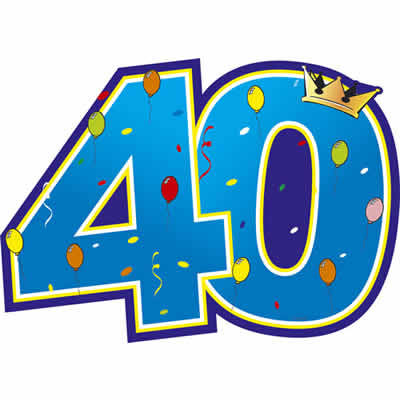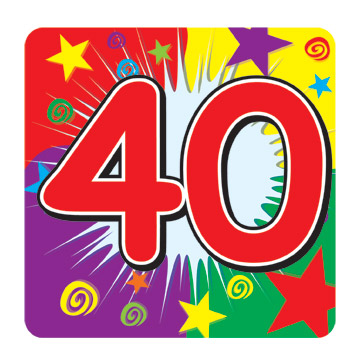
With advanced disease, the narrowing of coronary arteries reduces the supply of oxygen-rich blood flowing to the heart, which becomes more pronounced during strenuous activities during which the heart beats faster. Angina, shortness of breath, sweating, nausea or vomiting, and lightheadedness are signs of a heart attack, or myocardial infarction, and immediate emergency medical services are crucial. In adults who go to the emergency department with an unclear cause of pain, about 30% have pain due to coronary artery disease. Unstable angina may precede myocardial infarction. Angina that changes in intensity, character or frequency is termed unstable. Angina also includes chest tightness, heaviness, pressure, numbness, fullness, or squeezing. The most common symptom is chest pain or discomfort that occurs regularly with activity, after eating, or at other predictable times this phenomenon is termed stable angina and is associated with narrowing of the arteries of the heart. In the United States in 2010, about 20% of those over 65 had CAD, while it was present in 7% of those 45 to 64, and 1.3% of those 18 to 45 rates were higher among men than women of a given age. The number of cases of CAD for a given age also decreased between 19. The risk of death from CAD for a given age decreased between 19, especially in developed countries. It makes up 15.6% of all deaths, making it the most common cause of death globally. In 2015, CAD affected 110 million people and resulted in 8.9 million deaths. In those with stable CAD it is unclear if PCI or CABG in addition to the other treatments improves life expectancy or decreases heart attack risk. Procedures such as percutaneous coronary intervention (PCI) or coronary artery bypass surgery (CABG) may be used in severe disease. Additional medications such as antiplatelets (including aspirin), beta blockers, or nitroglycerin may be recommended. Treatment involves the same measures as prevention. There is limited evidence for screening people who are at low risk and do not have symptoms. Medications for diabetes, high cholesterol, or high blood pressure are sometimes used. Ways to reduce CAD risk include eating a healthy diet, regularly exercising, maintaining a healthy weight, and not smoking. A number of tests may help with diagnoses including: electrocardiogram, cardiac stress testing, coronary computed tomographic angiography, and coronary angiogram, among others. Risk factors include high blood pressure, smoking, diabetes, lack of exercise, obesity, high blood cholesterol, poor diet, depression, and excessive alcohol consumption. Other complications include heart failure or an abnormal heartbeat. In many cases, the first sign is a heart attack. Shortness of breath may also occur and sometimes no symptoms are present.

Usually symptoms occur with exercise or emotional stress, last less than a few minutes, and improve with rest. A common symptom is chest pain or discomfort which may travel into the shoulder, arm, back, neck, or jaw.

Types include stable angina, unstable angina, myocardial infarction, and sudden cardiac death. It is the most common of the cardiovascular diseases. Percutaneous coronary intervention (PCI), coronary artery bypass surgery (CABG) Īspirin, beta blockers, nitroglycerin, statins Ĭoronary artery disease ( CAD), also called coronary heart disease ( CHD), ischemic heart disease ( IHD), myocardial ischemia, or simply heart disease, involves the reduction of blood flow to the heart muscle due to build-up of atherosclerotic plaque in the arteries of the heart.

Healthy diet, regular exercise, maintaining a healthy weight, not smoking High blood pressure, smoking, diabetes, lack of exercise, obesity, high blood cholesterol Įlectrocardiogram, cardiac stress test, coronary computed tomographic angiography, coronary angiogram Heart failure, abnormal heart rhythms, myocardial infarction (heart attack), cardiogenic shock, cardiac arrest Ītherosclerosis of the arteries of the heart Illustration depicting atherosclerosis in a coronary artery Medical condition Coronary artery diseaseĪtherosclerotic heart disease, atherosclerotic vascular disease, coronary heart disease


 0 kommentar(er)
0 kommentar(er)
